
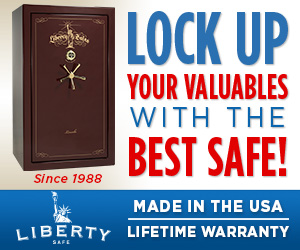
Editor’s Note: This is the fourth installment in a series about home gun safes. The series will dive into detail about safe technology, mounting/hardening you safe, increased fire protection, specialty safes and higher-rated safes, and buying used safes. There is a lot of information to consider when buying a safe. Follow along with us as we take a deep dive into this subject.
SERIES:
- Part 1: Introduction to Gun Safes
- Part 2: Electronic/Biometric/Manual Locks
- Part 3: Anchoring Your Safe
- Part 4: Fireproofing Your Gun Safe
- Part 5: Understanding The Threats
- Part 6: Specialty Safes & Remodels
- Part 7: Quick-Access Safes
- Part 8: Buying & Selling Used Safes
- Part 9: Moisture, the Constant Battle
According to the latest statistics from the National Fire Protection Agency (NFPA), there were 365,000 residential fires in America in 2016. These fires accounted for $4.4 billion of property loss. The good news is that this number is down from 734,000 fires in 1980. Accounting for the number of households in 1980 versus 2016, the risk of a house fire has been substantially reduced. That statistic will be of little comfort next to the staggering loss of both property and lives to those suffering a fire.
Most house fires are the result of actions that take place in the kitchen. However, there are several other common causes of house fires, such as smoking, electrical issues (often caused by space heaters), fireplaces, candles and barbecue grills.
Considering that all of us will probably engage in one or more of these activities at some point, a fire could be in the cards for any of us. What can we do to prepare our gun safes to withstand this potential known threat?
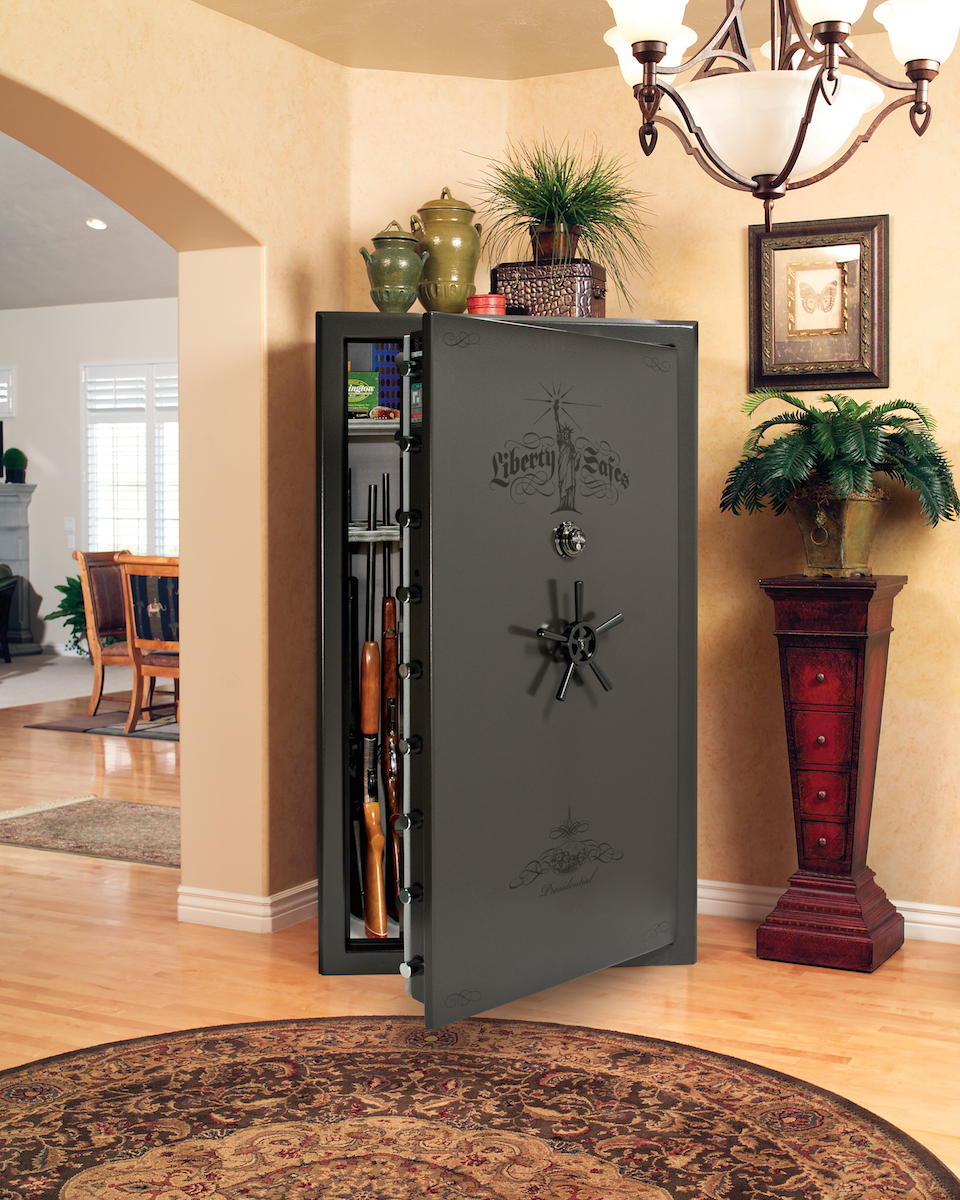
The risk of fire is one of the greatest dangers to your family, your home and your valuables you can face. Take all the right steps to avoid this danger. Images courtesy of Liberty Safe.
Let’s Put the Skunk on the Table
Most gun safes that are for home use will not have a UL fire rating. I believe there are two primary reasons for this circumstance. To make a true fire-proof safe, the weight of the safe would make it un-manageable for most residential applications. This is because most fire barriers in safes are a form of poured concrete that adds a huge amount of overall weight and bulk to the safe. Another contributing factor is the cost of a UL testing protocol, which runs somewhere north of $50,000 per model.
Faced with these two glaring issues with addressing fire protection, the manufacturers have been left to rate their own products. This has resulted in a wide gap in the methodology, heat rating, longevity and integrity of fire ratings. It has truly become a “buyer beware” situation. Now, I think that there are plenty of reputable companies that will provide you with realistic information regarding the temperature and amount of time that their safes will withstand a fire… but I also think that there are plenty of safes that are made in China with American brands attached to them. I would never consider purchasing such a product.
Avoidance is the Best Medicine
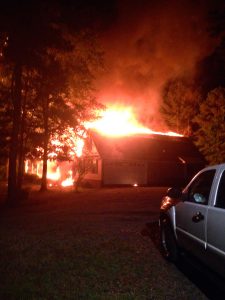
The risk of fire is too great to be ignored. Do everything you can to prevent it, and protect against its dangers on the chance it might happen.
At the risk of sounding cheeky, I’ll tell you that the best thing that you can do to help increase the fire proofing of your safe is to survey your home for things you can do to reduce your risk of fire. No fire, no problem; here’s a small checklist of things to look out for.
First and foremost: do you own fire extinguishers and have them on every level of your home? This one simple act of preparation can keep an embarrassing small fire from becoming a legitimate tragedy. It takes about 30 seconds for a fire to get out of control. Your goal is to have a fire extinguisher that can be engaged anywhere in the house within that 30-second window.
There are a few simple steps you can take to help mitigate the risk of the small fire occurring in the first place. Eliminate the use of space heaters. Install a screen in front of your fireplace and teach your kids about fire and its hazards. Be sure to keep flammable objects off of and away from the stove. Maintain awareness and look for small exposures like these that are applicable to your own living space.
This final checkbox may be the most painful of all… before you deep fry that turkey on your back deck or light your grill, familiarize yourself with the operating instructions!
What Can You do to Fireproof your Safe?
Step one is to examine your safe’s location. You want to make sure that you have it in what will be one of the cooler areas of your home during a fire. Choosing the correct location can transform a marginal safe into a good safe without adding any cost.
Once you’ve settled on a good location, examine the door of your safe; are there any gaps that will allow heat in? The door is the weakest area of the safe when it comes to heat. It will either allow heat in through cracks or gaps, or become warped and create a gap to allow heat in. I recommend installing Palusol Seal made by BASF around the door frame of your safe. In case of fire, the silicate panel expands under the action of heat with the generation of foaming pressure. Thus originates a non-combustible, heat-insulating and pressure-resistant foam. Another method that is much more user-involved is to use a boiler gasket with an intumescent fire calking adhesive that is designed to also resist the temperatures involved in a house fire. This method is generally considered to be more effective and will justify the higher level of involvement necessary to install it. There is some additional cost to take into consideration, but if the fireproofing costs significantly less than the goods it saved, it’s worth the dollars and cents.
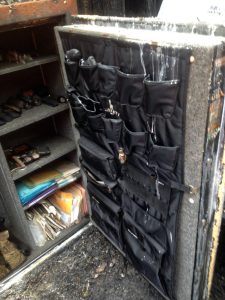
With a high-quality safe like this Liberty Safe model, your valuables have a much greater chance of surviving a fire safely.
Securely anchoring your safe to the floor will also increase your fire protection. This simple action will keep the safe firmly in place, protecting it from being knocked on its side and warping during the inevitable collapse of the interior of your home. Once the safe has been exposed to heat it will become more vulnerable to breaking a seam or warping if it is subjected to the impact of being knocked over. The best fireproofing in the world is useless if the safe is physically broken.
Many of us would consider this to be step one, but I’ve saved it for last: Increasing the fire resistant material inside the safe. Most safes will have a form of gypsum board, also commonly known as sheet rock, inside the safe. The gypsum resists fire by releasing trapped water molecules when exposed to heat. This causes a cooling effect until all of the water molecules are released.
It’s not a matter of simply going to your local home center, buying slabs of sheet rock, and duct-taping it to the interior of the safe. The effectiveness of the sheet rock is entirely dependent on how well it’s installed. The best way is to carefully measure the inner dimensions of the safe and have the board custom-cut to reduce the number of joints and seams. I cannot stress this enough: A thin layer that fits perfectly is much more effective than thicker layers with gaps and holes that do not provide uniform coverage. Remember that gaps and bends are wide-open doors to heat and fire.
There are other materials out there that are considerably more expensive than what I have listed, and they generally are not in the user-installable arena. These include ceramic and ceramic wool blankets that will withstand up to 2300 degrees of heat. There are other commercial products used in fire doors and firewalls that appear to have applications in a home safe environment, but before installing these I would recommend building a closet or enclosure arrangement around the safe first.
Fire Protection Add-On
I have added measures to the inside of my safe that will help protect special items. I selected the Cool Pocket from liberty safe. It protects your valuables and documents from the devastating effects of fire, heat and smoke. This pocket keeps important valuables 50 degrees cooler (during a fire) when kept inside a fire rated safe. This is accomplished through a proprietary heat shield material made up of 70% fabric and 30% foil, each combined to slow the transfer of heat. Four expandable one-inch compartments make organizing documents easier. The Velcro flap and double pull zipper allow for quick access to documents.
Prior to the Cool Pockets, I had a fire safe inside my gun safe; this took lots of room for just storing papers. It worked but was not as ideal as what the Cool Pocket provides.
A New Safe Could be the Answer
If you just know that you are not the do it yourself kind of person a new safe may be the order of the day. Don’t be confused by lots of competing numbers. Look for a few simple things that can help you make a good choice. Look for door fit and the number of bolts that will keep if from warping. The door should have a seal that will expand exposed to heat. The fire board should be cut to fit sung and evenly over the entire box. I recommend the least number of seams that are welded as possible.
Before you look at the fire rating sticker applied to the door, look past the brand name and see who made the safe. For me, the manufacturer should be one you can trust and the product be made in the USA. The minimum should be at least 30 min at 1,200 degrees, and more is better! That is why I chose the Liberty Fat Boy safe to replace my current safe. it is rated for 75 minutes at 1200°F that equals 86,000 BTUs. The 11-gauge steel increases fire protection along with three layers of 5/8-inch fireboard in ceiling, doorjambs and door, plus two layers in all walls. And of course, it has Palusol heat-activated door seal. I feel like I have made some solid moves toward protecting my investments, I hope you will as well.

After your house has burned down is not the time to be thinking about how to avoid this threat—stop it at the source, and protect against the risk of it happening.
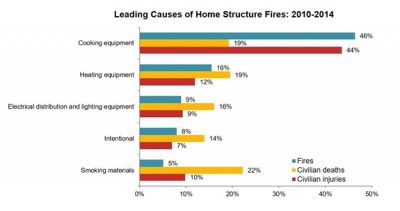
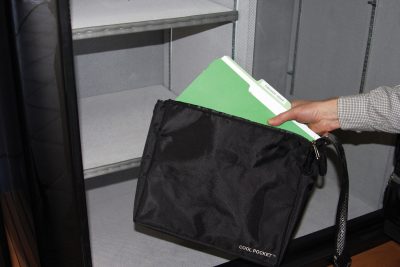
Most of the major paint manufacturers make an intumescent paint that expands and chars during a fire forming an insulating fire barrier. It isn’t a miracle product, but will provide an extra 20 minutes or so protection to a wooden beam. I’ve never heard it mentioned in conjunction with adding protection to a safe, and you would have to give up the look of the fancy factory finish, but what is most important ?
Interesting reading. I had never considered that gun safes have concrete in them. I made my own safe. I picked a void in the house under the stairs that was just there. I opened it, built about 5″ thick of sheet rock that was staggered…layer of back and sides, next inner layer of back and sides, and so on until have about 5″ thick of sheet rock that the seems are zigzagged from the outer most layer to the inner most. The weak link is the door that is layered but tapered inward to close. I coated the outside with steel plate, painted black like a boiler, mounted pipes to it as input and output with valves to open and close, and mounted pressure meters to it along with stickers that I got from boilers at a power plant that say “DANGER HOT” and so on. It looks like a boiler. Its down in the basement setting on a concrete floor behind a panel wall that slides open. It looks like any old wall. There’s a screw that keeps it from sliding open behind a picture hanging on it and the screw is in a seam in the paneling where no one will notice it. If someone breaks into the house and starts tearing pictures off of the walls looking for a wall safe, my sliding wall is the safe. Inside…is a big boiler with pipes that leave it and disappear upward into voids. At least, it looks like a huge old boiler. Who is going to break down a wall to steal a boiler?
heritagesafe.com is also an outstanding, made in the USA safe company. I love mine.
You can often find their safes at Dunhams under the SportsAfield line.